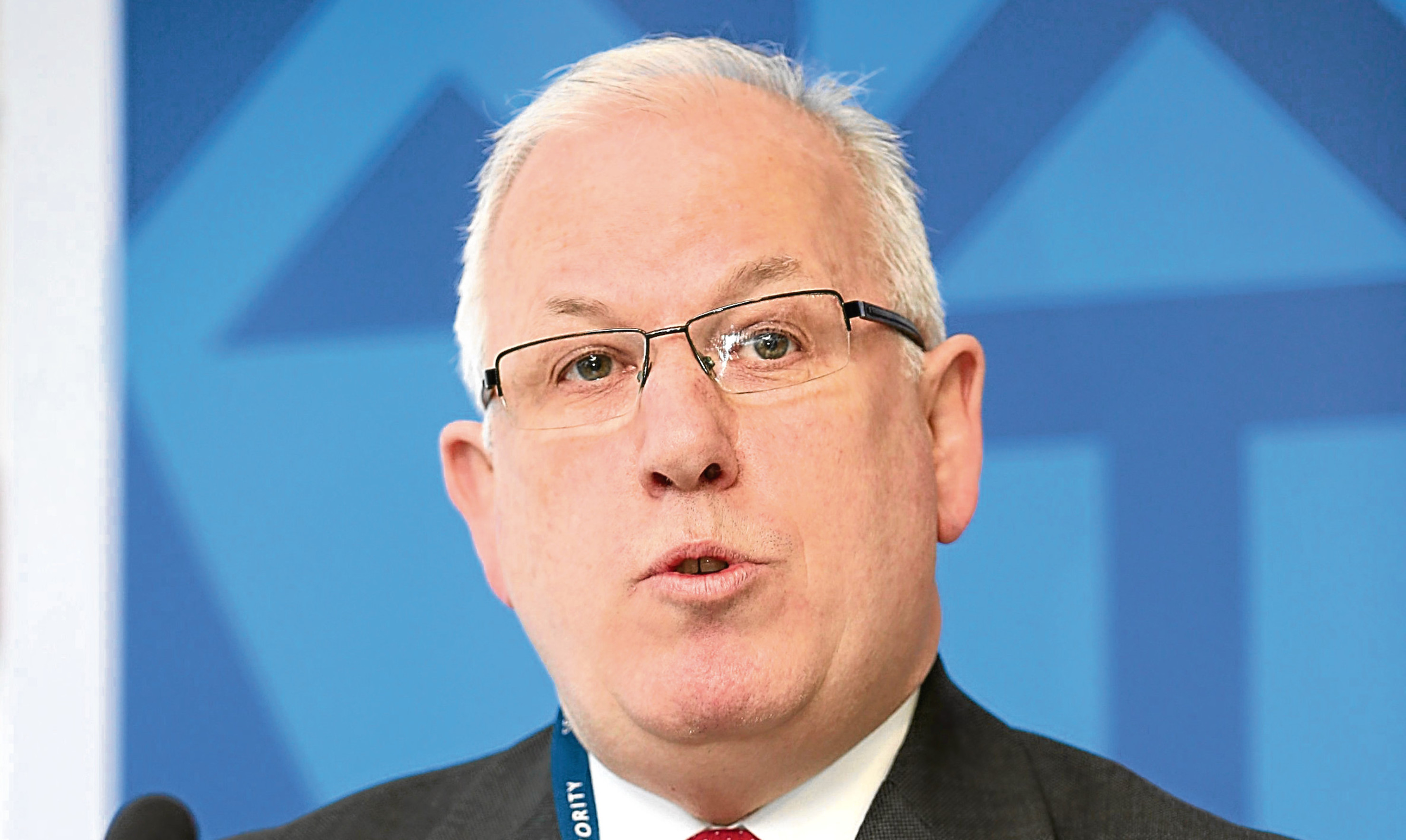As the farce of policing in Scotland shows, devolution has failed to rid Scotland of its macho, secretive culture.
The resignation of Andrew Flanagan smacks of a firing by any other name.
Secretive, sexist and paranoid are just some of the terms used by MSPs investigating his time as head of the Scottish Police Authority.
Despite the cross-party view he was not fit for the job, only a month ago he was saying he wouldn’t quit.
Flanagan’s departure is another blow to the reputation of policing since the creation of Police Scotland.
The merger of Scotland’s eight police forces was driven by money.
Civil servants and Justice Secretary Kenny MacAskill thought savings could be made if the kit and backroom functions were shared.
With the financial crash of 2008 breathing heavily on the necks of policy makers, this seemed like a simple win.
In 2011, MacAskill said the move was forced on him by “Westminster cuts” and the public coffers would save £130 million.
This would amount to £1.7 billion of savings within 15 years.
Alex Salmond promised “bobbies not boundaries” and only the Liberal Democrats raised concerns about what it would mean for civil liberties.
Troubles
From the moment it came about in 2013, the new set-up was dogged by trouble.
It seems the disruption of settled institutions and hierarchies either exposed an existing weakness in our policing or it created one.
Stephen House was the first head of the new force and was seen as the future of policing, proven by his time heading up Strathclyde police.
His tenure was disastrous.
In his head, the “enemy” were everywhere.
House deployed armed police on ordinary patrols and set up an investigation into corrupt officers which set about harassing journalists and their sources.
The academic Kath Murray also revealed stop and search rates were higher in Scotland than New York.
House’s “resignation” came about after an awful tragedy, when a car crash on the M9 was incorrectly logged, meaning it wasn’t checked out until days later, by which time one passenger was dead and the other would soon die in hospital.
The blame fairly landed on a backroom reporting procedure which was not fit for purpose and underfunded.
In 2014, a year after the force’s creation, it was reported savings had reached £72m and were on course to reach £1bn two years earlier than planned.
In light of the M9 tragedy, the pursuit of cost savings no longer looked so smart.
“Weak”
By 2016, it no longer even existed. Audit Scotland reported “weak financial leadership and considerable budget pressures” for the force, saying it would have a funding gap of £190m by 2020-21.
The simple win of more money for frontline services simply didn’t happen.
The Scottish Police Authority was created alongside the new force to oversee operations.
Its first boss was Vic Emery, who began by having a “turf war” with House over who got what in the divide of assets from the old set-up – a struggle Emery lost, with things like information technology and human resources being assigned to the police force.
When Justice Minister Michael Matheson appointed Andrew Flanagan to succeed Emery you can understand his joy.
He said: “I am delighted to appoint Mr Flanagan to this important role. Policing has never been under greater scrutiny and, with a wealth of experience in the public and private sector, I am confident he will prove to be an excellent chair for the SPA.”
Curse
The curse of modern Scottish policing was soon to strike. Flanagan also suffered from a paranoid world view and unnecessarily macho manners.
He is accused of bullying a female board member into resignation, for the “crime” of discussing SPA matters publicly.
His faults also ran to holding SPA meetings in private and not distributing a letter critical of the SPA from Her Majesty’s Inspectorate of Constabulary in Scotland (HMICS).
Despite pressure from two Holyrood committees for him to go, he seemed to have dug in until this week, when, he says, the criticism “has become quite personalised and has impacted on me and my family… this is not something that I wish to endure further”.
He goes on to say that, “as a result” of his work, “I am confident that the single police service in Scotland now has a solid platform from which to build an even better service for the people of Scotland. I hope that is a position on which we can build both consensus and momentum”.
Not a mea culpa then.
The debacle of Scottish policing has exposed the bizarre tendency of public servants to imagine they are beyond criticism and scrutiny, coupled to an old-fashioned macho attitude.
Flanagan had to go, while the Scottish Government is guilty of short-changing vital services and being too cowardly over the culture of secrecy in public life.
If we want to save money and be governed better, we need to end the men’s club mentality in civic life.
Complete transparency is the solution.
